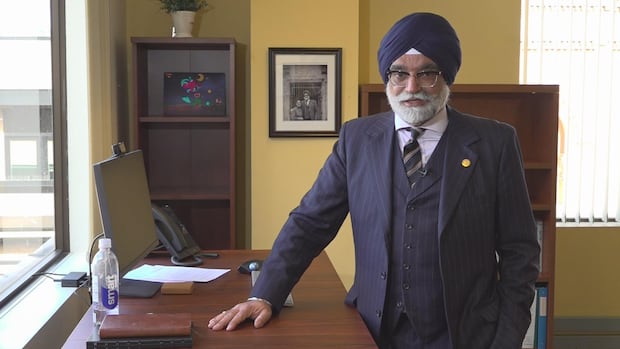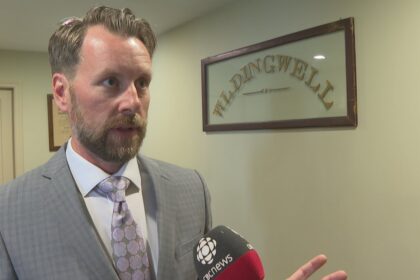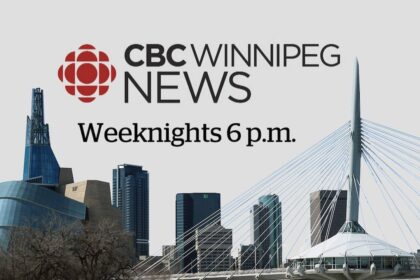British ColumbiaThe report says training of medical professionals should include early identification, assessment and follow-up of young people who may be at higher risk of death by suicide.Report makes 5 recommendations, including more training for medical professionals, better data collectionAshley Joannou · The Canadian Press · Posted: Oct 15, 2025 2:05 PM EDT | Last Updated: 4 hours agoB.C.’s chief coroner, Dr. Jatinder Baidwan, is pictured in March. (CBC News)A report commissioned by British Columbia’s chief coroner says little progress has been made in understanding, recognizing and reducing the risk of youth suicide in the province.Dr. Jatinder Baidwan convened a panel of experts in March to review the deaths of 435 people between the ages of nine and 25 who died by suicide between Jan. 1, 2019, and Dec. 31, 2023.The report makes five recommendations to reduce such deaths, including the creation of a provincial suicide risk reduction framework specifically focused on youth and young adults.It says training of medical professionals should include early identification, assessment and follow-up of young people who may be at higher risk of death by suicide.It also calls for better data collection and a review of existing resources for students in B.C.The death review says suicide is the second most prevalent cause of death among children and youth in B.C., and the third most common cause among young adults aged 19 to 29 years.”While the number of young lives lost to suicide in British Columbia has remained relatively unchanged over the last several years, little progress has been made in terms of understanding, recognizing and reducing risk,” the report says.The rate of death among status First Nations youth and young adults in B.C. is four times higher than the provincial rate.The report says that is “inextricably linked to colonialization and the multi-generational trauma, racism and discrimination brought to bear by the residential school system and other such structures.””The lack of appropriate understanding and response also extends to other historically underserved groups, including racialized communities and 2SLGBTQIA+ youth,” the report says.”It is further compounded by a health-care system that is strained and unable to provide equitable access to mental and physical health resources. These needs are particularly acute in rural and remote communities.”If you or someone you know is struggling, here’s where to look for help:Canada’s Suicide Crisis Helpline: Call or text 988.Kids Help Phone: 1-800-668-6868. Text 686868. Live chat counselling on the website.Canadian Association for Suicide Prevention: Find a 24-hour crisis centre.This guide from the Centre for Addiction and Mental Health outlines how to talk about suicide with someone you’re worried about.If you’re worried someone you know may be at risk of suicide, you should talk to them about it, says the Canadian Association for Suicide Prevention. Here are some warning signs: Suicidal thoughts.Substance use.Purposelessness.Anxiety.Feeling trapped.Hopelessness and helplessness.Withdrawal.Anger.Recklessness.Mood changes
B.C. coroner’s panel report calls for action to reduce the risk of youth suicide












